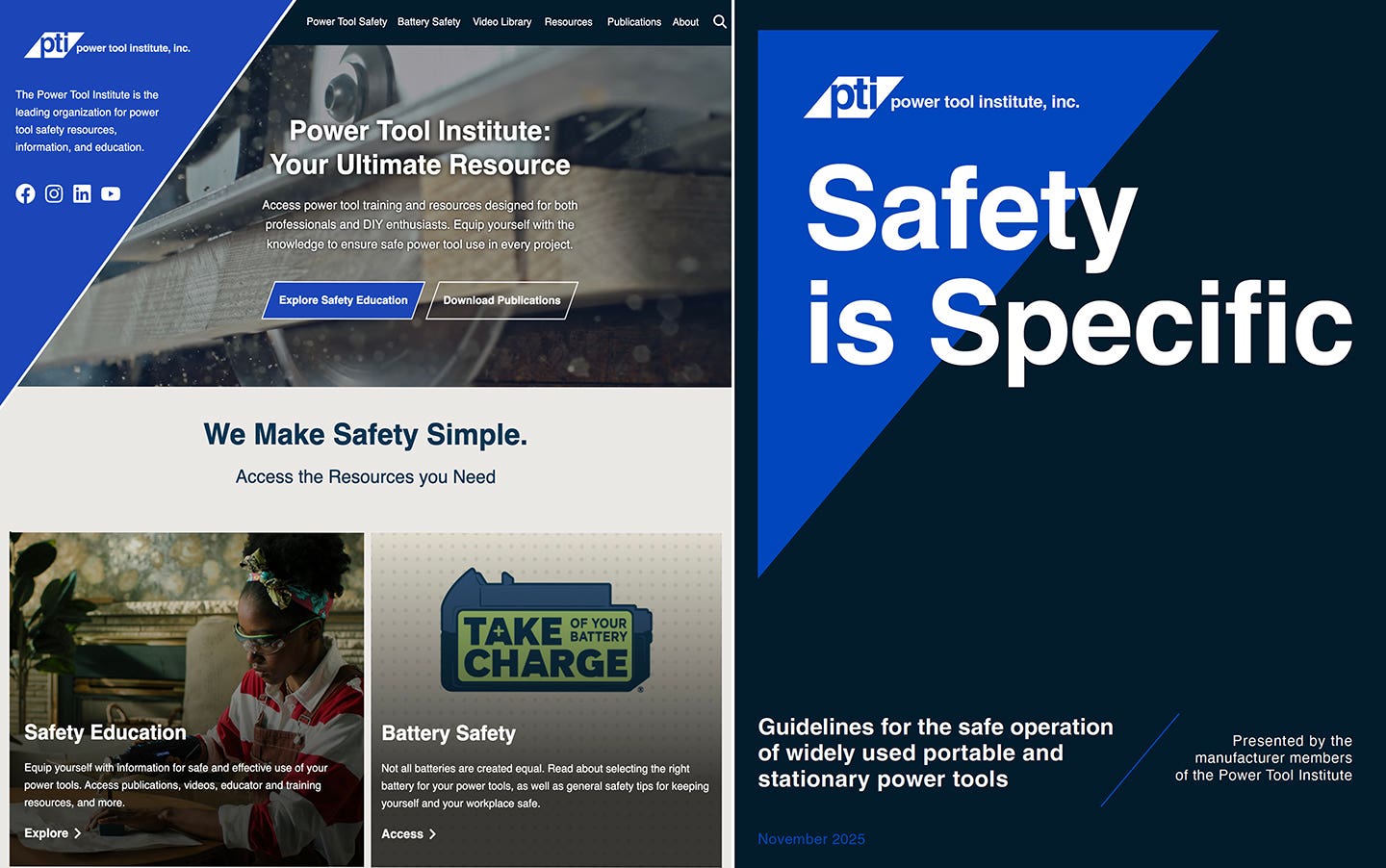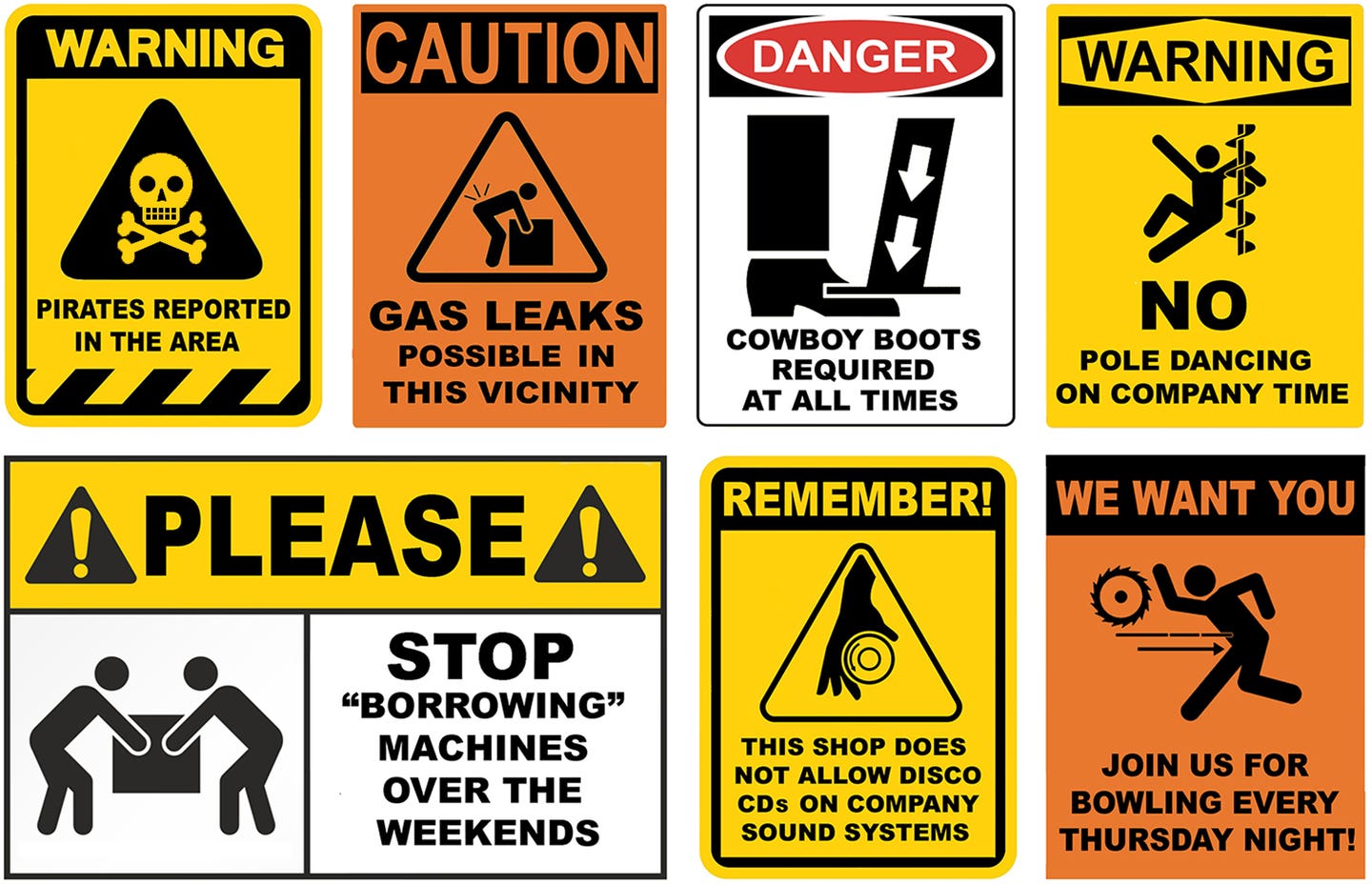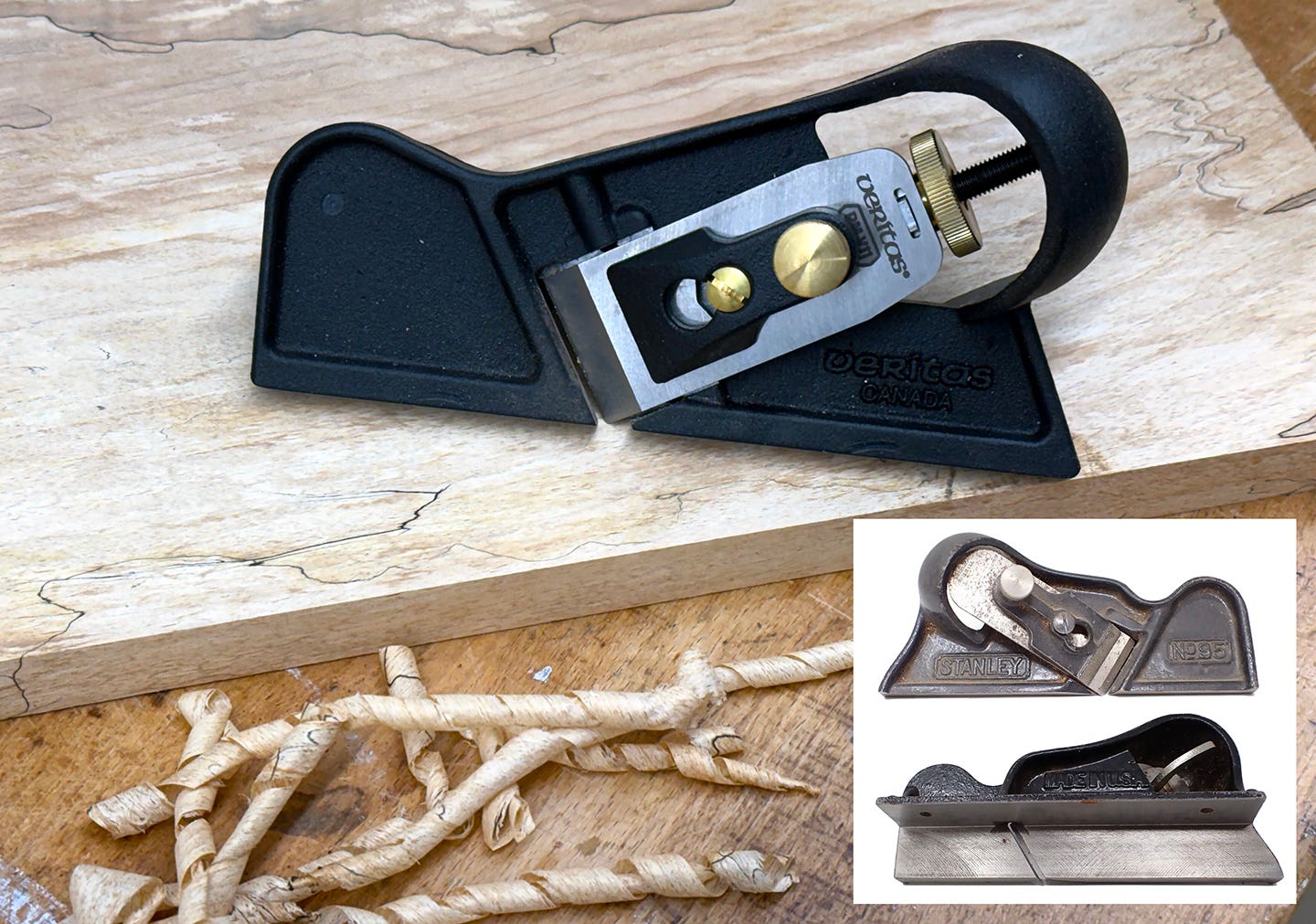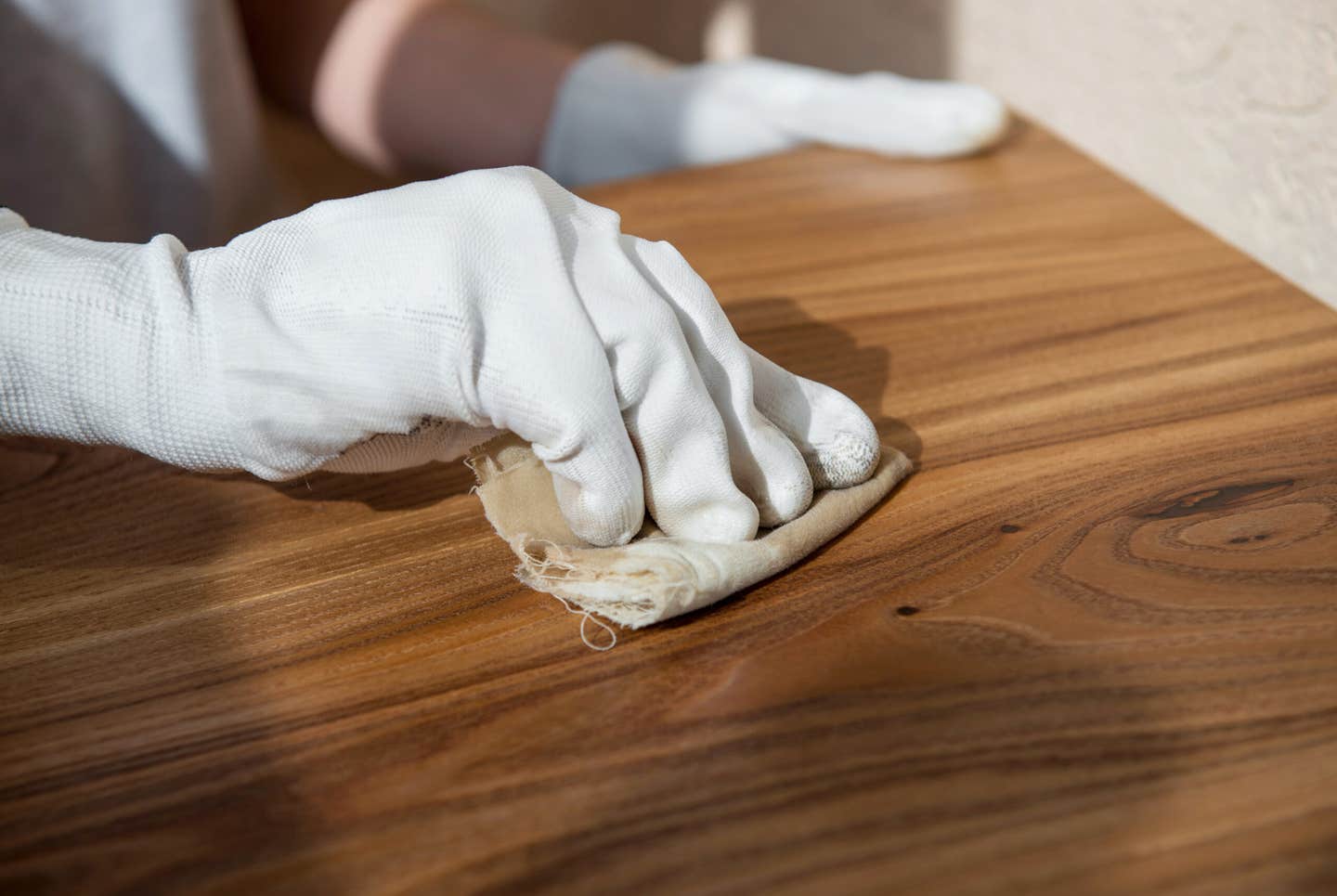Employees need to see the future clearly
The last in our four-part series on lean manufacturing focuses on getting your workers to buy into a cost-effective shop floor strategy. Up until now, we have discussed cleaning and…
The last in our four-part series on lean manufacturing focuses on getting your workers to buy into a cost-effective shop floor strategy.
Up until now, we have discussed cleaning and organizing the work space, searching out common tasks to apply lean strategies and using batch sizing to minimize material handling. Now let’s discuss tapping into your most powerful resource for change — employees on the shop floor. Getting them to buy into your lean efforts will dramatically improve results instead of trying to implement them from the top down.
Your team is doing the work day in and day out. If they have any brains at all, they already have a lot of ideas on how things can be done better and more efficiently. Remember, the goal is for every employee, every day, on every task to be asking, “How can we do this better?” The answers to that question are useless if you never hear them.
Call an all-hands meeting to explain the concepts of lean and what they mean for the shop. For example, point out how a clean and well-organized work space makes everyone’s day more pleasant; how having tools where they are needed eliminates frustration, and how they can help you build a more profitable and stronger company that will weather the economic storms and provide better incentives.
It’s a fact that if your team becomes invested in your lean journey, they will provide the majority of the realized savings. One of the first things I do after arriving at a new client’s facility is to walk the shop floor and talk with employees. I explain why I have been brought in and articulate the goals. Then I ask for their thoughts and listen carefully. They are typically full of good ideas, many of which can be implemented right away for very little cost.
For example, one shop had a centrally located radial arm saw, which management assumed was being used for crosscutting operations. But an employee noted that it was often set up for a specific task, requiring her to use a chop saw on the other side of the shop. A spare chop saw was immediately set up in her work area. This let her make a cut faster, but also validated her idea for all to see.
When your team feels like they are not being respected and listened to, they can easily sabotage your efforts either consciously or unconsciously. I have seen this play out many times. Management walks through the shop, often with a consultant, discussing all the improvements and changes they are going to make, but spend virtually no time explaining the changes to the floor team or asking for their input. If your team does not understand the changes you are attempting, it becomes far more difficult to make the ideas work as expected. The majority of the problems you’ll encounter this way will be unintentional. People might misinterpret your goals and waste time and effort moving in the wrong direction.
Sometimes, the damage is inflicted purposely. Over and over, I have seen employees assume that the changes are designed to replace them personally and they sabotage the effort through a misguided survival instinct. This is especially true if an outsider like a consultant is brought in for ideas. The attitude is often; “Why are they paying this guy big bucks? I can tell them what this place needs.” And you know what? They can tell you a good deal. Listen to them. You will get good ideas and go a long way toward avoiding bad feelings.
But communication has to be ongoing; not a one-time event. You have to be open to suggestions anytime they come up. Allow a bit of risk taking. Implement a novel idea for a week and then meet to discuss the results. If it works, great. If not, everybody involved can see and understand why.
We have all known employees that are just never motivated and will never do more than the minimum to get through the day. Getting your team to buy in can help you here, too. When most of the team gets the plan and is working it, they will become an ally in dealing with less-motivated employees. And, over time, word will spread that you’re running a dynamic company. You’ll get better job candidates and be able to weed out the unmotivated ones.
As I close out this series, remember the basics:
• Clean, well-organized work spaces are more efficient and pleasant in which to work.
• Even when the end product is different every day, there will be tasks common to everyday operations. Look to these common tasks for lean advantages.
• Watch how — and how often — materials and parts are handled. Are your batch sizes well-suited to your operation?
• Work to get your team to buy into the plan. It will smooth your path and provide many opportunities for improvement that you might never see alone.
Ralph Bagnall is a woodworking consultant. He can be reached through his website at www.consultingwoodworker.com.
This article originally appeared in the January 2012 issue.
A.J. Hamler is the former editor of Woodshop News and Woodcraft Magazine. He's currently a freelance woodworking writer/editor, which is another way of stating self-employed. When he's not writing or in the shop, he enjoys science fiction, gourmet cooking and Civil War reenacting, but not at the same time.







